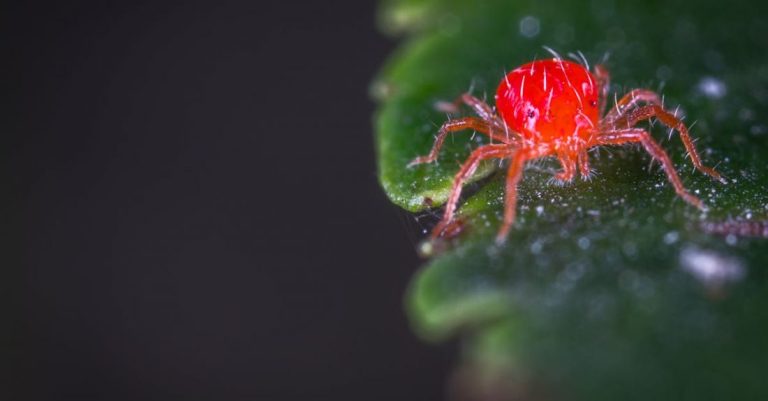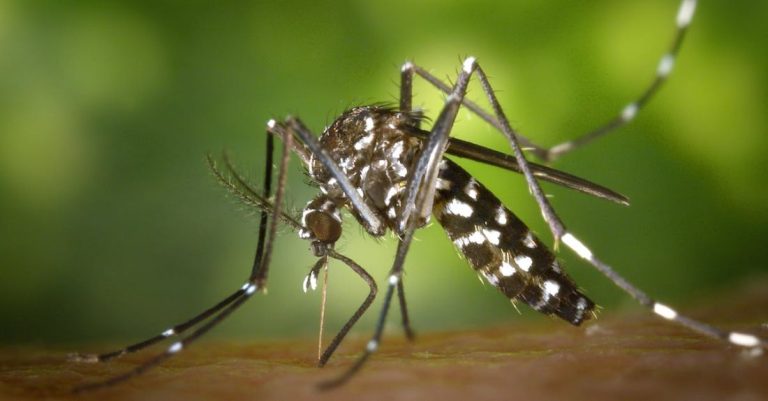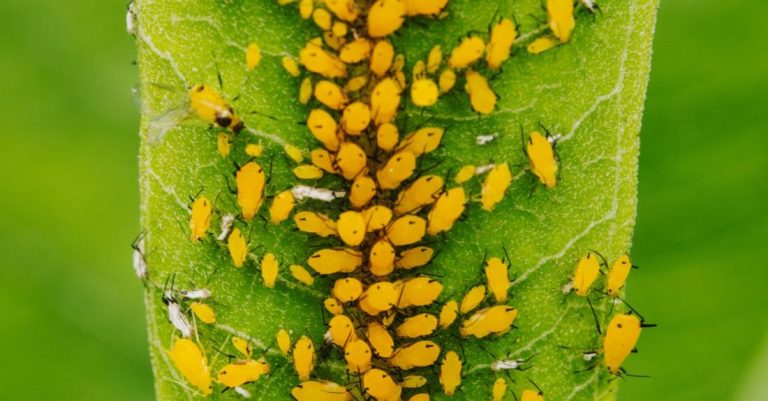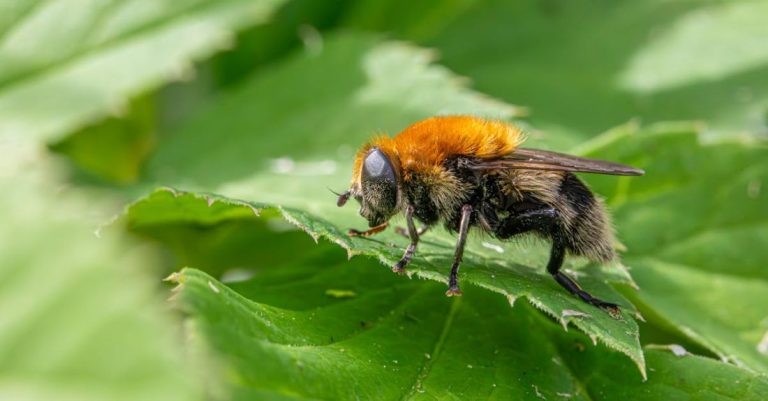
Gardening enthusiasts are always on the lookout for natural ways to keep pests at bay. One effective method that is gaining popularity is using plants that repel pests. Not only do these plants deter unwanted insects, but they also add beauty and fragrance to your garden. In this article, we will explore some of the best plants that can help you keep pests away without the need for harmful chemicals.
Mint
Mint is not only a versatile herb for culinary purposes, but it also acts as a natural pest repellent. The strong scent of mint deters ants, aphids, and even mice. Planting mint around your garden or even in pots near entryways can help keep these pests away. Plus, you’ll have fresh mint on hand for cooking or making refreshing teas.
Lavender
Lavender is known for its beautiful purple flowers and soothing fragrance, but it also has pest-repelling properties. The scent of lavender is disliked by flies, moths, and mosquitoes. Planting lavender in your garden or placing dried lavender sachets in your closets can help keep these pests at bay. Additionally, lavender attracts beneficial insects like bees and butterflies, making it a great addition to any garden.
Rosemary
Rosemary is a popular herb in cooking, but it also has insect-repelling properties. The strong scent of rosemary can deter mosquitoes, carrot flies, and cabbage moths. Planting rosemary near vulnerable plants or using rosemary sprigs as a natural insect repellent can help protect your garden from pests. Plus, you’ll have fresh rosemary to enhance your dishes.
Marigolds
Marigolds are bright and colorful flowers that not only add beauty to your garden but also repel pests. The strong scent of marigolds deters mosquitoes, aphids, and nematodes. Planting marigolds around your vegetable garden or in pots near entryways can help protect your plants from these pests. Marigolds are easy to grow and maintain, making them a popular choice for natural pest control.
Chrysanthemums
Chrysanthemums, also known as mums, are not only beautiful flowers but also effective pest repellents. These flowers contain a natural insecticide called pyrethrin, which is commonly used in commercial insect repellents. Planting chrysanthemums in your garden can help deter ants, roaches, ticks, and silverfish. Additionally, chrysanthemums come in a variety of colors and shapes, adding visual interest to your garden.
Basil
Basil is a versatile herb that is not only delicious in cooking but also repels pests. The strong scent of basil can deter flies, mosquitoes, and spider mites. Planting basil in pots near windows or doorways can help keep these pests away from your home. Basil is easy to grow and requires minimal maintenance, making it a convenient natural pest repellent.
Conclusion: Enhancing Your Garden with Pest-Repelling Plants
Using plants to repel pests is a natural and effective way to protect your garden without the need for harmful chemicals. By incorporating plants like mint, lavender, rosemary, marigolds, chrysanthemums, and basil into your garden, you can create a beautiful and pest-free environment. Not only do these plants help keep pests away, but they also add color, fragrance, and flavor to your outdoor space. So, why not enhance your garden with these pest-repelling plants and enjoy a vibrant and thriving garden all season long.





